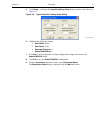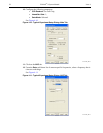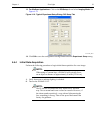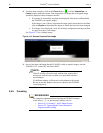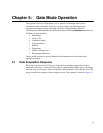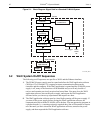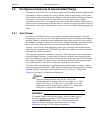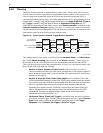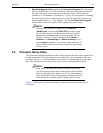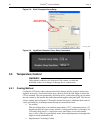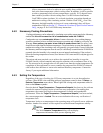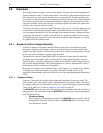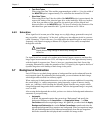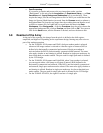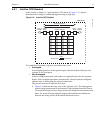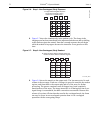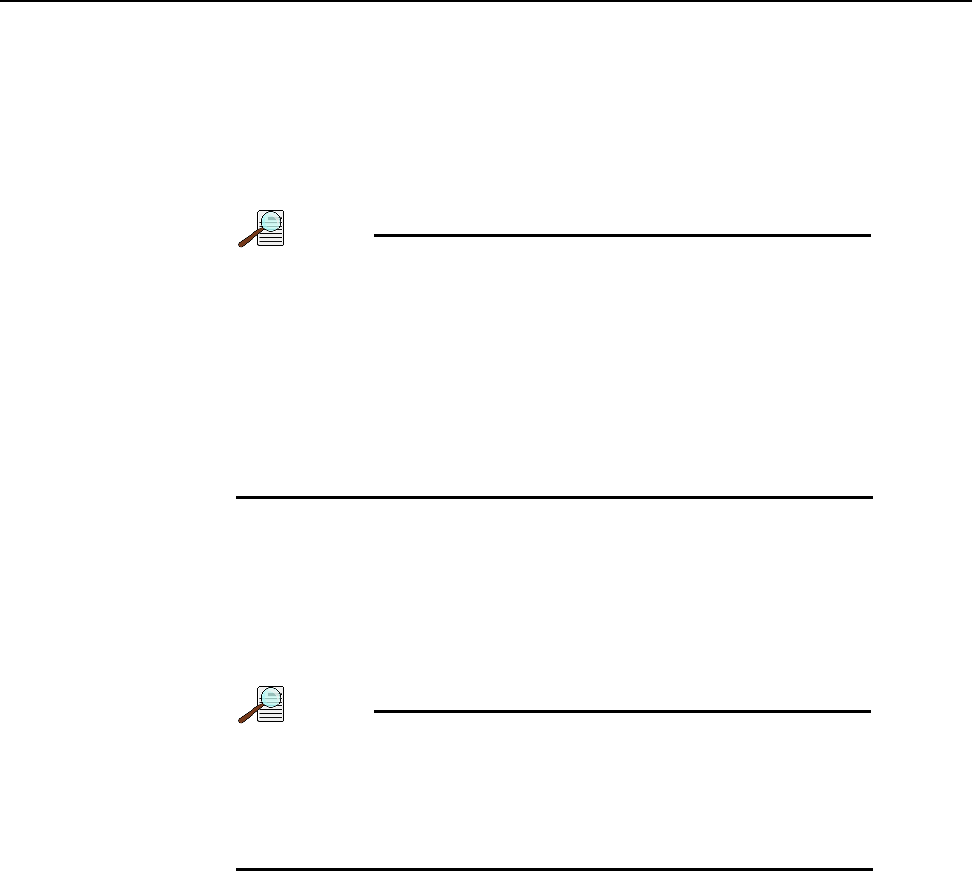
Chapter 5 Gate Mode Operation 65
• Skip Serial Register Clean (deselected) {Clean Serial Register} The Top margin
inactive parallel strips on a CCD are made up of the dark pixels that come before
the active strips on a sensor as they exit to the serial register. When these are
available (i.e., Pre Dummies {Top Margin} > 0,) they serve the purpose of cleaning
the serial register before readout of the active strips. In LightField, if there are no
inactive parallel strips (i.e., {Top Margin} = 0,) selecting
Clean Serial Register
forces a clean of the serial register before readout of the active strips.
NOTE:
The start of the exposure is signaled by the Read Out
{
Reading Out} output of the LOGIC OUT connector going
low but will not occur until the current clean cycle and the
additional user-defined number of cleans (typically 0) have
finished. “Number of Cleans” is defined on the
Setup —>
Hardware —> Cleans/Skips
tab {Sensor Cleaning fly-out
pane on
Sensor expander}. If you enter a value other than “0”,
you will further delay the start of the exposure by that number
of clean cycles.
5.4 Phosphor Decay Delay
The WinX and LightField applications allow a delay between the end of the exposure time
and the beginning of the array readout to be specified. This time is inserted to allow the
phosphor to decay to 1% before readout occurs and will vary depending on the phosphor
type. This delay has no effect on the actual time it takes for the phosphor to decay.
NOTE:
In the case of an experiment using a PI-MAX4:1024i and a
very short exposure time, artifacts will appear in the first frame
unless the phosphor decay delay is set to 3 ms. This amount of
delay will ensure that the vertical registers (under the mask) are
cleared before the acquired signal is shifted under the mask.
Figure 5-3 and Figure 5-4 show the dialogs on which the custom decay delay time is
configured.



